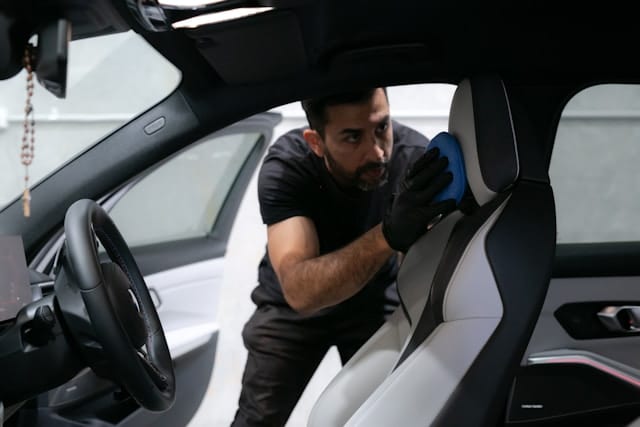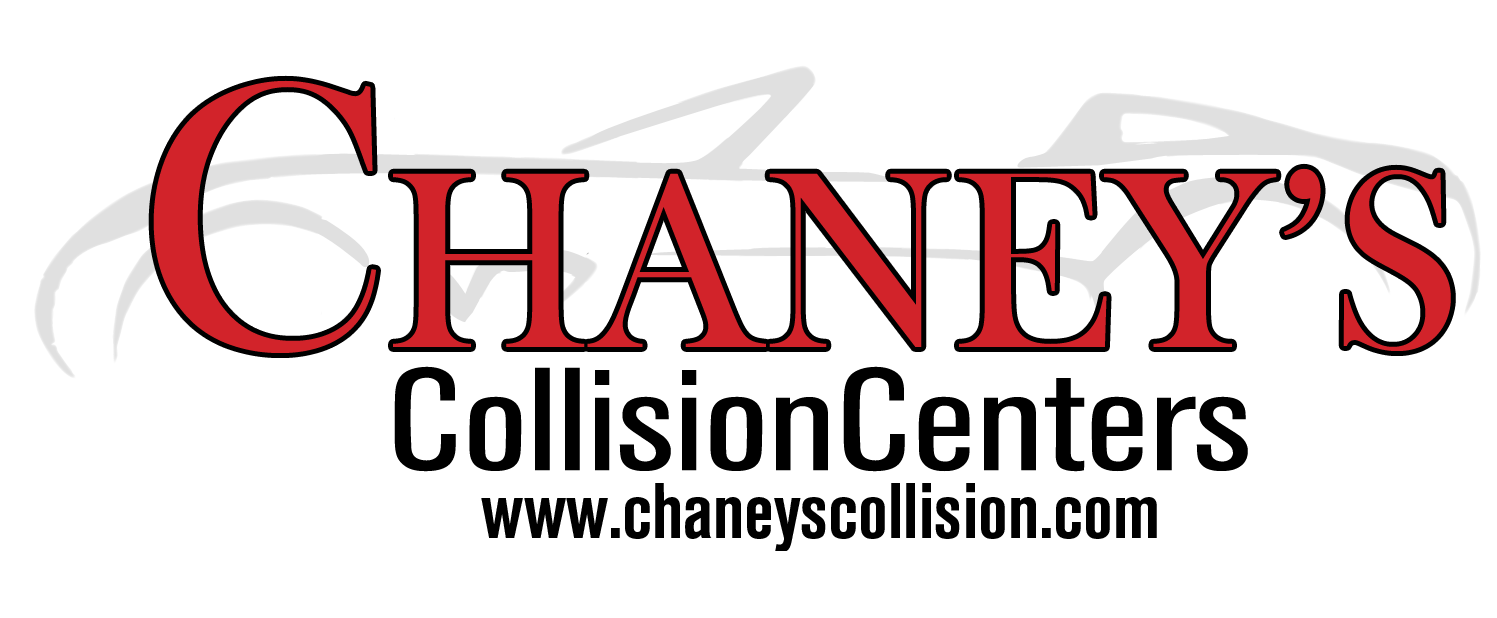What Are the Most Overlooked Areas During Post-Repair Inspections?
 After your vehicle is returned from the body shop, it’s tempting to focus only on its fresh appearance and get back on the road. However, some of the most critical aspects of a safe, quality repair aren’t immediately visible.
After your vehicle is returned from the body shop, it’s tempting to focus only on its fresh appearance and get back on the road. However, some of the most critical aspects of a safe, quality repair aren’t immediately visible.
At Chaney’s Collision Centers, we believe a thorough post-repair inspection goes far beyond the surface. Here’s what you—and your collision repair provider—should always check to ensure no detail gets missed.
Why Overlooked Areas Matter
Post-repair inspections safeguard your investment and, more importantly, your safety. Missed problems can lead not only to additional expenses down the line, but also to compromised structural integrity, undetected mechanical issues, or malfunctioning safety systems—all of which pose significant risks if left unresolved.
Commonly Missed Inspection Points
Structural Alignment and Frame Integrity
- Hidden Frame Damage: Even after modest collisions, underlying frame damage is one of the most frequently undetected issues. A slightly bent or misaligned frame can affect steering, handling, and crash safety. Always verify that laser measurements or manufacturer-aligned frame checks were completed.
- Subtle Panel Gaps: Non-uniform gaps between doors, trunk, hood, or fenders may indicate unresolved frame or alignment issues. They’re often overlooked, but tight, even spacing is a hallmark of a proper repair.
Suspension, Undercarriage, and Alignment
- Suspension Components: Control arms, struts, shocks, and mounts can be damaged yet look normal unless specifically inspected. A compromised suspension affects tire wear, ride comfort, and road safety.
- Wheel Alignment: Misaligned wheels are a common post-collision issue. Tell-tale signs include uneven tire wear, the steering wheel pulling to one side, or vibrations during driving. An alignment check should be standard after any significant body repair work.
Paint, Texture, and Panel Fitment
- Paint Mismatches or Defects: Mismatched paint, rough textures (like “orange peel”), paint overspray, or debris caught in the finish all signal rushed work. These aren’t only cosmetic—they can lead to premature rust or value loss if left uncorrected.
- Poor Fitment: Loose bumpers, headlights, taillights, or trim pieces may not be immediately noticeable, but they compromise both appearance and function. Inspect for secure fit and correct operation each time.
Vital Safety and Electronic Systems
- Disconnected or Faulty Sensors: After repairs, Advanced Driver Assistance Systems (ADAS)—such as cameras, parking sensors, or blind-spot monitors—may be left uncalibrated or disconnected. These systems must be tested on a post-repair basis.
- Airbags and Seatbelt Pre-tensioners: Failure to correctly reinstall or reset these systems is surprisingly common and can leave occupants unprotected in a future incident.
Mechanical and Fluid Checks
- Cooling and Electrical Systems: Damage to the radiator, battery connections, or fluid hoses is easy to miss under the hood. Any leaks, loose wires, or under-performing systems warrant immediate attention.
- Fluid Levels: Inspections should verify correct engine oil, transmission, brake, and coolant levels after repairs—especially if these areas were impacted in the accident.
Glass and Seals
- Hidden Windshield Damage: Stress cracks or small chips caused by the collision may not be apparent right away. All glass, especially the windshield, should be thoroughly checked to prevent spreading damage and to maintain roof integrity in rollovers.
Final Test Drive
No inspection is complete without a real-world test drive. Listen for new noises, feel for vibrations or steering changes, and observe dashboard warning lights—new issues sometimes only surface once the car is moving.
Conclusion
A meticulous post-repair inspection is crucial to your vehicle’s safety, value, and long-term reliability. At Chaney’s Collision Centers, our team uses detailed checklists and state-of-the-art diagnostics to ensure nothing is missed. By understanding and insisting on thorough inspections—not just surface-level checks—you protect yourself and your investment every mile down the road.
If you’re ever in doubt, bring your car to Chaney’s for a comprehensive review—we’re committed to getting every detail right for you.

